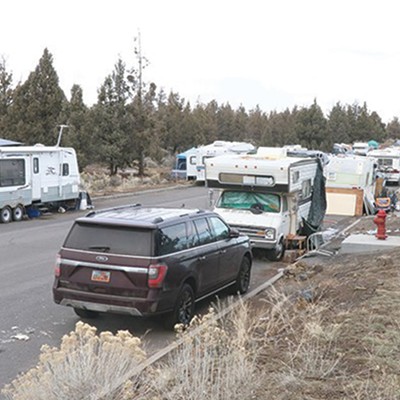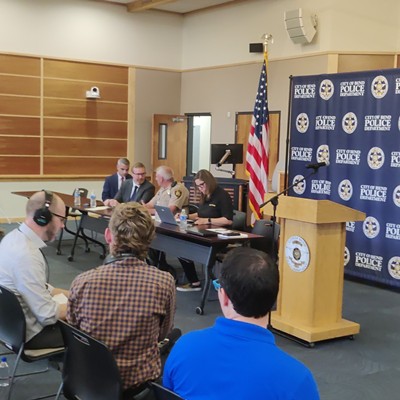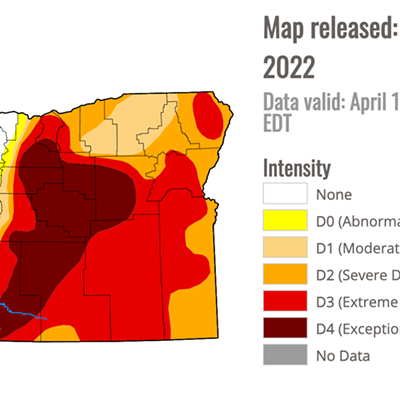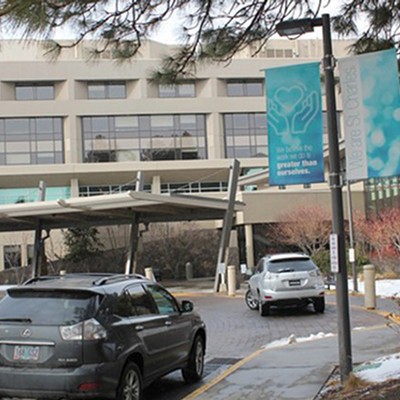The federal government is sending over $1.2 billion of transportation funding to Oregon through the bipartisan infrastructure bill that President Joe Biden signed into law on Monday.
With the ink still drying, no specific projects are yet approved in Oregon, but the bill mandates a couple areas where funding must go. However, about a third of the funding is discretionary for each state. The Oregon Department of Transportation reported that about 21% of the additional funding it receives will go toward bridges, 14% to transit and 9% to municipalities to spend at their discretion. Projects to make infrastructure more resilient to natural disaster will get 7% of the funding, and climate initiatives like carbon reduction projects, EV charging stations and active transportation (pedestrian/cycling) will receive 5%, 4% and 3% of funding respectively.

The Oregon Transportation Commission will prioritize projects for the remaining flexible funding after assessing Oregon’s transportation needs post-infrastructure bill.
“This is the money that the Oregon Transportation Commission will be working through over the course of the next four months. How we should spend that money most effectively to fill the gaps that are left after our statewide transportation improvement program that invested in the system, and after the direct investments that are made by Congress in this bill,” Brouwer said. “So, we will be asking stakeholders and the public about how we should approach this.”
The $1.2 billion is supplemented with additional opportunities for grant funding from the U.S. Department of Transportation. Nationwide, USDOT is dispersing about $100 billion in grant funding throughout the country.
There are significant amounts of this money that's gone through that is dedicated to specific programs by Congress in the bill or by some of the agreements that we have in Oregon. — Travis Brouwer
tweet this
“With that much money on the table, we know there are going to be opportunities, but we don’t know how much money that Oregon will bring home,” Brouwer said. “Typically, in most formula programs you get about 1% of the total funding, so if that works out over the course of five years, we can bring another $1 billion home.”
ODOT is getting this funding amid difficulty maintaining aging infrastructure, Brouwer said. Most ODOT bridges are over 50 years old and nearing retirement, a lot of infrastructure is not well-adapted to climate change and many state and road fatalities are increasing.
The OTC is expected to provide a final funding scenario in March after an initial briefing on Wednesday, followed by periods of public comment and engagement.
“We’re going to be briefing the OTC next week, and then having some additional conversations with them. At the same time we’re going to be working with stakeholders to seek feedback on priority for allocation of these flexible funds,” Brouwer said.
Those stakeholders include regional ODOT offices, advisory committees and cycling/pedestrian/rail advocates. The general public will also be able to comment on the plan as it’s worked out.
“We’re also expecting to have a webinar in early December as well as a robust public comment opportunity,” Brouwer said.
Brouwer said the best way to stay up to date with ODOT as it narrows down projects is to subscribe to ODOT’s newsletter service.





























